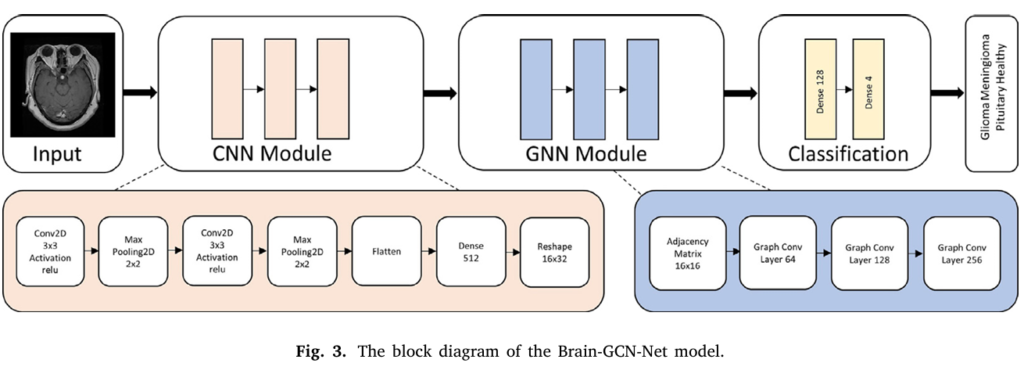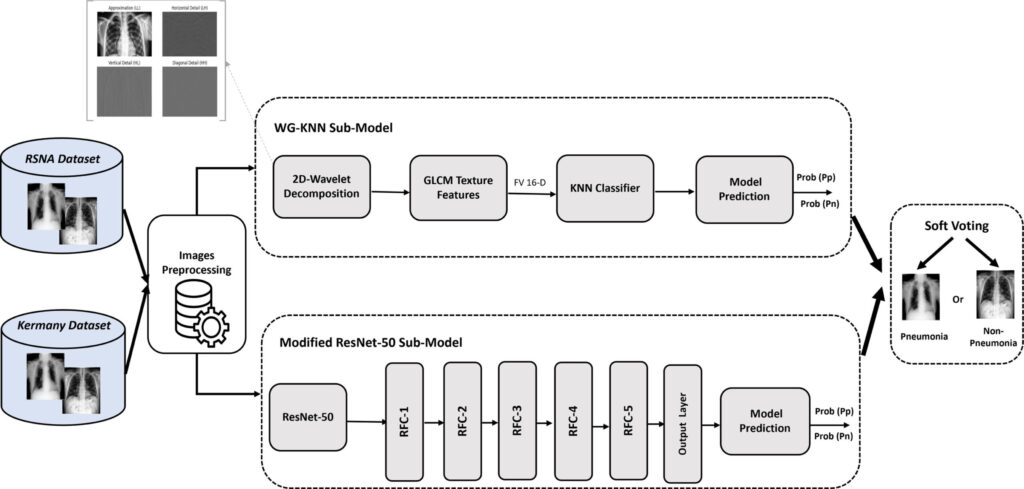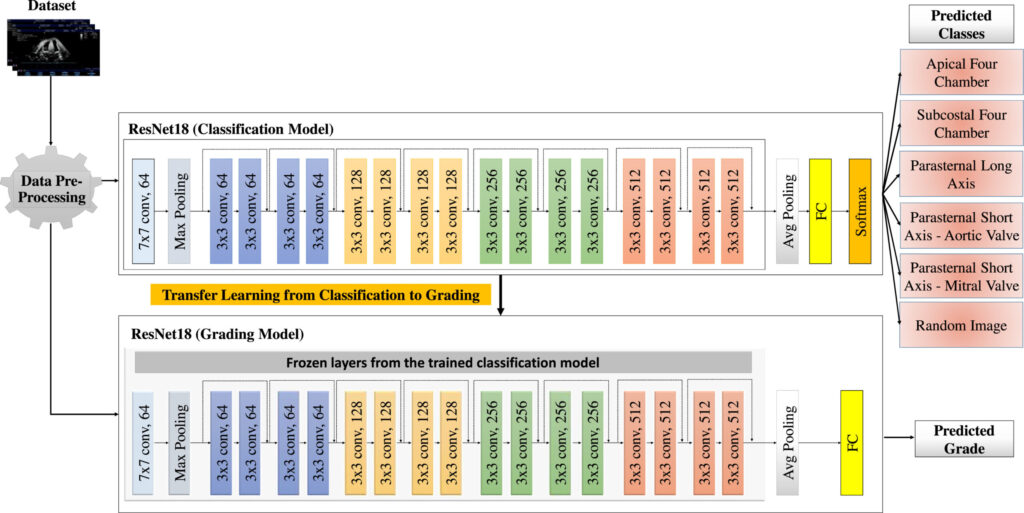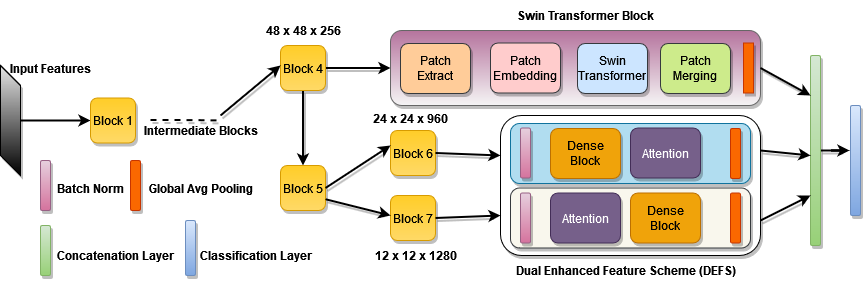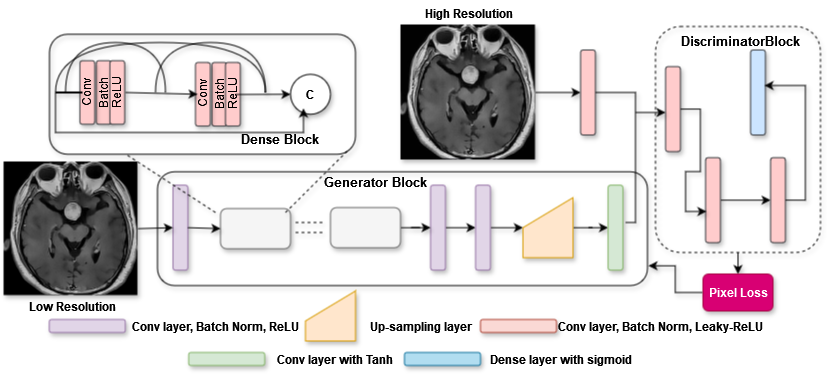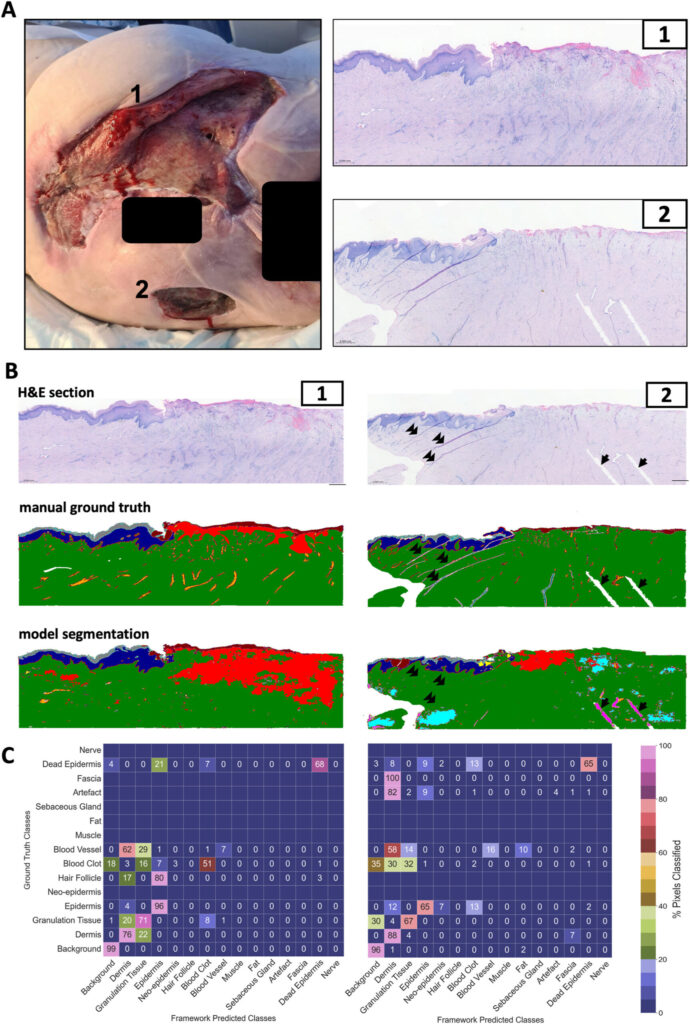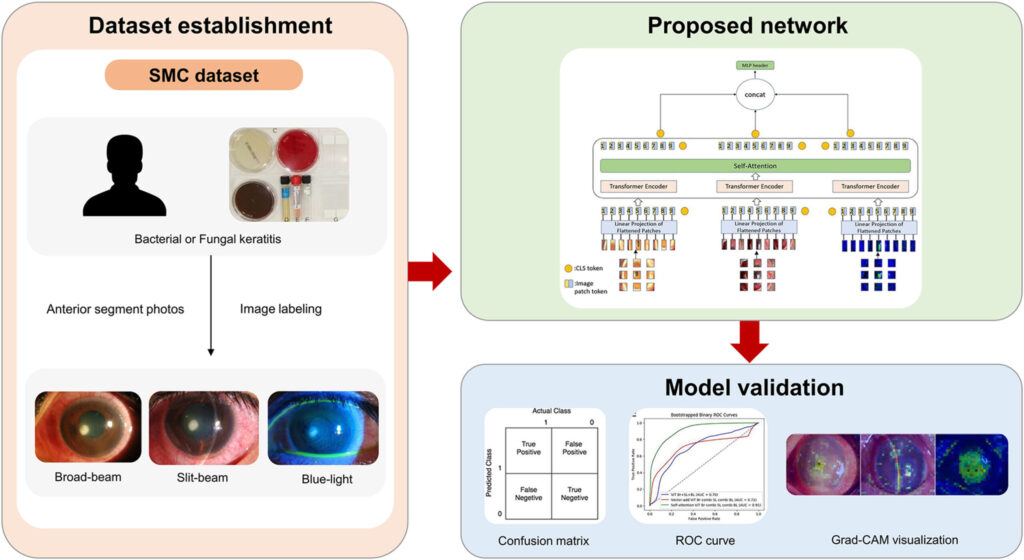Revolutionizing Brain Tumor Diagnosis: GATE-CNN
For patients facing a potential brain tumor diagnosis, time is brain tissue. Early and accurate detection isn’t just beneficial; it’s often the solitary lifeline separating treatable conditions from devastating outcomes. Magnetic Resonance Imaging (MRI) stands as the cornerstone of brain tumor visualization, offering unparalleled detail of the brain’s intricate structures. Yet, interpreting these complex images […]
Revolutionizing Brain Tumor Diagnosis: GATE-CNN Read More »


